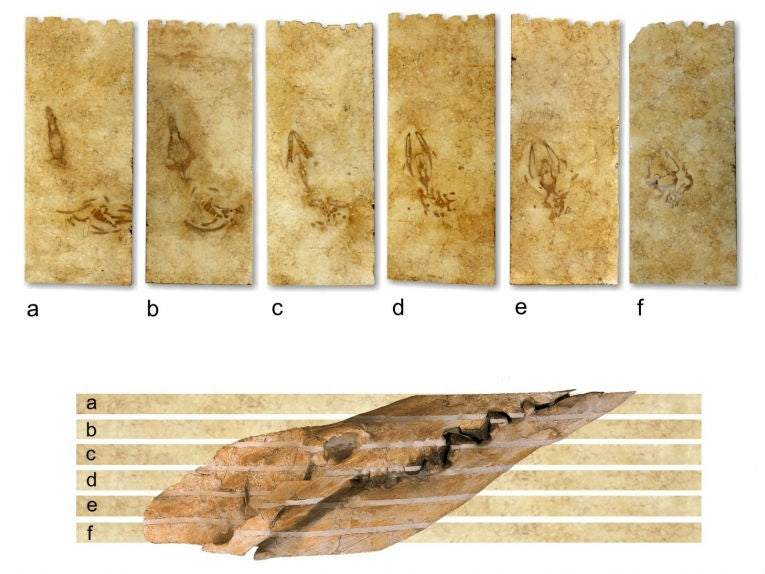It's not often that the Journal of Vertebrate Palaeontology gets headline treatment. Egyptian limestone and an Italian stonecutter provided the evidence that two researchers have illuminated with their erudite delving.
The whale itself is an incredible find, a new species, to be named after its origins as Aegyptocetus tarfa. Both Philip Gingerich of University of Michigan and Giovanni Bianucci of Universita di Pisa believe that 40 million years ago, this amazing link was hauling itself in and out of the sea at a time when these mammals were still semi-aquatic.
Dr. Gingerichis says, "Connecting links that are intermediate in geological time, intermediate in morphological form, and intermediate in functional adaptation are the evidence for evolution, and Aegyptocetus tarfa falls right in the middle of what we know about the evolutionary transition of whales from land to sea."
Dr.Bianucci can be credited with assembling the stonecutter's evidence from huge 1inch-thick stone slabs. They found it possible to recreate the animal's rib cage and skull (see the explanatory diagram above). This accomplishment provided the vital signs of terrestrial ancestry - a sense of smell which all aquatic Mammals lack - and aquatic adaptation - the wonderful audio-receptive sense of whales is already present in this ancestral form.
The obvious next step has already been made. The two scientists have plagued Egyptian sites, universities and museums to locate the giant quarry and also asked Italian stonecutters to watch for more such discoveries. To date, this whale is uniquely able to indicate how it fossilised and provide one of the most valuable new textbook examples of evolutionary evidence for years. As the animal flopped about in the surf, it was bitten by a shark before dying, showing a possible ancient duel between fish and mammal. Then, barnacles on the bones show how long it could have lain on the sea-bed before burial. All of this scenario comes from teeth-marks visible on the ribs and burrows in the bones.
It now remains for the few existing whale fossils to be placed in order, to determine exactly which offshoot of the ancestral stock is involved. How the four legged ancestor known became this "seal-like" beast and when the fully aquatic stage was attained is intriguing us all.
href="https://earthtimes.org/environment/whales/index.html">Whales









